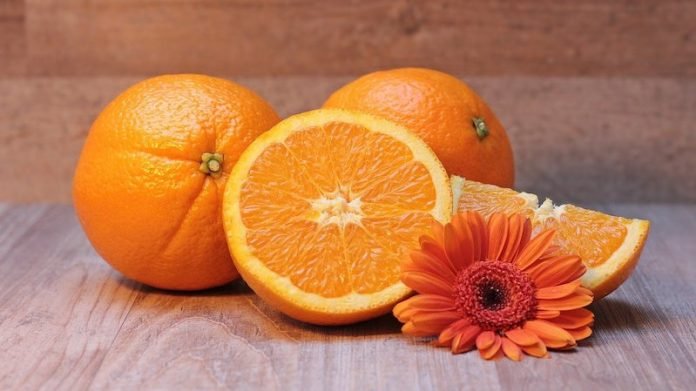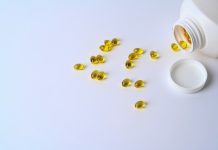
In a new study, researchers found that people who consume high levels of dietary vitamin C and E may lower their risk for Parkinson’s disease by almost a third.
They found vitamins C and E are also antioxidants that could ward off the cell damage Parkinson’s causes.
Specifically, antioxidants might help counteract “unstable” molecules and the oxidative stress that can lead to a loss of a brain chemical called dopamine, which is a hallmark of the condition.
The research was conducted by a team from the University of Milano-Bicocca in Italy.
Parkinson’s disease is a movement disorder. It gradually reduces dopamine, a chemical in the brain, affecting speech, walking and balance.
The causes aren’t known, and there are no effective treatments, nor is there a cure.
In the study, the team followed nearly 44,000 adults in Sweden for an average of 18 years. None had Parkinson’s at the start.
Participants completed a questionnaire at the outset about their medical history, diet and exercise, including height, weight and physical activity.
They were then divided into three groups: those with the highest intake of vitamins E and C, those with moderate intake and those with the lowest intake.
Throughout the study, 465 people developed Parkinson’s disease.
The team found people who got the most vitamins E and C had a 32% lower risk of Parkinson’s disease than those who got the least.
Researchers suggest antioxidants may be one of the factors that protect against Parkinson’s. Vitamins C and E are also antioxidants that could ward off cell damage.
Therefore, eating foods that are rich in vitamins E and C might help to prevent the development of Parkinson’s disease.
Foods high in vitamin C include oranges, strawberries, broccoli and Brussels sprouts. Foods high in vitamin E include spinach, collard greens, pumpkin and nuts such as almonds and peanuts.
One author of the study is Essi Hantikainen.
The study is published in Neurology.
Copyright © 2021 Knowridge Science Report. All rights reserved.



